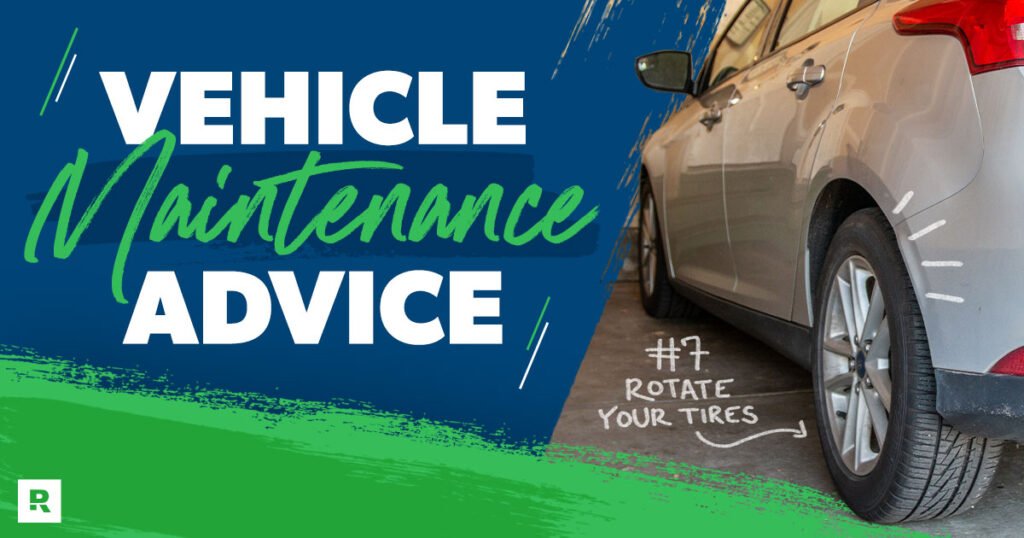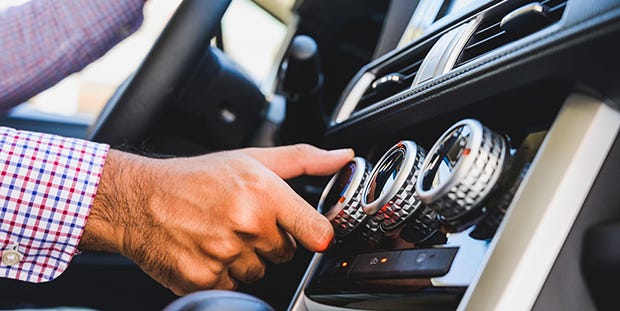Cold Weather Car Maintenance Tips: Keep Your Vehicle Running Smoothly
Cold weather car maintenance tips include checking battery strength, inspecting exhaust system and filters, testing heating and cooling systems, and ensuring sufficient antifreeze fluid levels and oil changes. It is important to have enough fuel, check the oil, maintain the battery, and consider using a block or oil heater to protect the engine in extreme cold conditions. Starting the car frequently to warm it up is not necessary, according to experts at AAA. Additional winterizing measures include servicing the car for winter conditions, switching to winter tires, maintaining tire pressure, installing winter wipers, keeping washer fluid full, and packing a winter safety kit. Don’t forget to clear frost, snow, and ice from windows and mirrors before driving, and consider carrying a winter driving kit. Regular maintenance and preparation can help keep your car in peak condition during the winter months. Credit: www.wbbjtv.com Importance Of Cold Weather Car Maintenance Ensure your car is prepared for the cold weather with these helpful maintenance tips. Test the battery, inspect filters and exhaust systems, check fluid levels, and don’t forget to install winter tires and wipers. Taking these precautions will help keep your car running smoothly during the winter months. Importance of Cold Weather Car Maintenance Understanding The Impact Of Cold Weather On Your Vehicle When the temperature drops, it’s not just us who feel the chill; our vehicles are also affected by cold weather. Understanding the impact of cold weather on your vehicle is crucial to ensure its optimal performance during the winter months. Cold temperatures can result in a range of issues that can compromise your car’s safety and reliability. How Cold Temperatures Can Affect Various Car Components Extreme cold temperatures can affect various components of your car, including: Battery: Cold weather can reduce your battery’s capacity, making it harder for your car to start. It’s important to test your battery’s strength regularly and keep it charged. Exhaust system: Cold weather can lead to condensation in the exhaust system, potentially causing rust and corrosion. Regular inspection is necessary to ensure proper functioning. Air, fuel, and emission filters: Cold temperatures can cause the filters to become clogged or freeze, affecting the engine’s performance. Regular inspection and replacement are essential. Heating and cooling system: Cold weather can strain the heating and cooling system, leading to issues like lack of heat, defrosting problems, and coolant leaks. It’s important to check and maintain these systems regularly. Windshield wiper and antifreeze fluid: Freezing temperatures can cause wiper blades to become brittle and ineffective. Inspecting and replacing worn-out blades and ensuring proper levels of antifreeze fluid are crucial. Front window and rear window defrosters: Malfunctioning defrosters can significantly impair visibility during cold weather conditions. Regular checks are necessary to ensure proper functioning. Importance Of Regular Maintenance During Winter Regular maintenance during winter is vital to keep your car running smoothly and to prevent potential issues that can arise due to cold weather. Here are a few reasons why regular maintenance is crucial: Prevent breakdowns: By ensuring proper care and maintenance, you can minimize the risk of breakdowns that can leave you stranded in the freezing cold. Ensure safety: Well-maintained brakes, tires, and other crucial components help ensure your safety on icy and slippery roads. Improve performance: Regular maintenance allows your car to perform optimally, ensuring better fuel efficiency, handling, and overall driving experience in cold weather conditions. Extend the lifespan of your vehicle: Proper maintenance helps prevent excessive wear and tear, increasing the lifespan of your car. Regularly scheduled maintenance, such as battery checks, fluid top-offs, tire inspections, and engine tune-ups, are essential to keep your car in peak condition during the winter season. Battery Care And Testing In cold weather, your car battery is put under extra stress and may become sluggish or fail altogether. To ensure that your battery stays strong during the winter months, it’s important to regularly test its strength and take necessary maintenance steps to keep it healthy. Testing The Battery Strength In Cold Weather Testing the strength of your car battery is crucial, especially during cold weather when its performance can be affected. To test your battery’s strength, you can use a digital multimeter or take it to a mechanic who can provide accurate readings. Ensure that the battery is fully charged and the engine is off before performing the test. Connect the positive lead of the multimeter to the positive terminal of the battery and the negative lead to the negative terminal. The multimeter will display the voltage, which should ideally be around 12.6 volts. Anything below 12 volts indicates a weak battery that needs to be replaced. Tips For Maintaining A Healthy Car Battery During Winter To keep your car battery healthy during the winter, follow these tips: Keep the battery clean: Regularly clean the battery terminals and connections with a mixture of baking soda and water to remove any corrosion or debris. This ensures proper electrical contact and prevents voltage drops. Insulate the battery: Use an insulating battery blanket or cover to protect it from extreme cold temperatures. This helps maintain its optimal operating temperature and prevents it from losing charge. Avoid short drives: Short trips don’t give your battery enough time to recharge fully. If possible, combine errands into one longer trip to ensure that your battery gets the chance to fully charge. Start the car regularly: To keep the battery charged, start your car and let it run for at least 10-15 minutes every few days, especially if it’s parked outside in extremely cold weather. Use a battery maintainer: If you know your car will be parked for an extended period, such as during a vacation, consider using a battery maintainer or trickle charger to keep the battery charged and prevent it from losing power. Importance Of Starting The Car Regularly To Keep The Battery Charged Starting your car regularly during cold weather is crucial to keep the battery charged and prevent it from losing power. When a car is not started for an extended period,
Cold Weather Car Maintenance Tips: Keep Your Vehicle Running Smoothly Read More »





